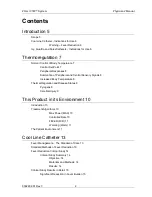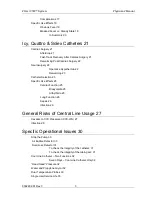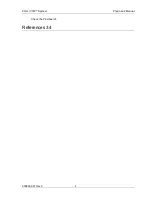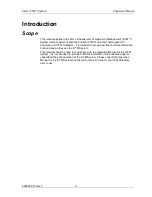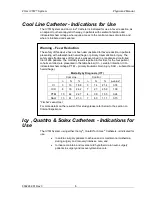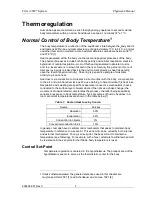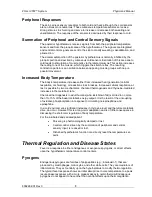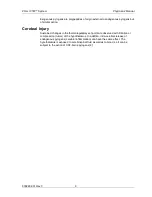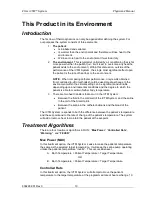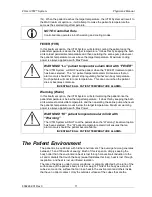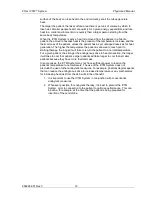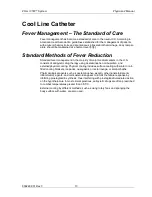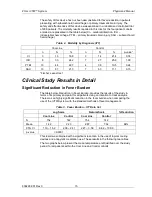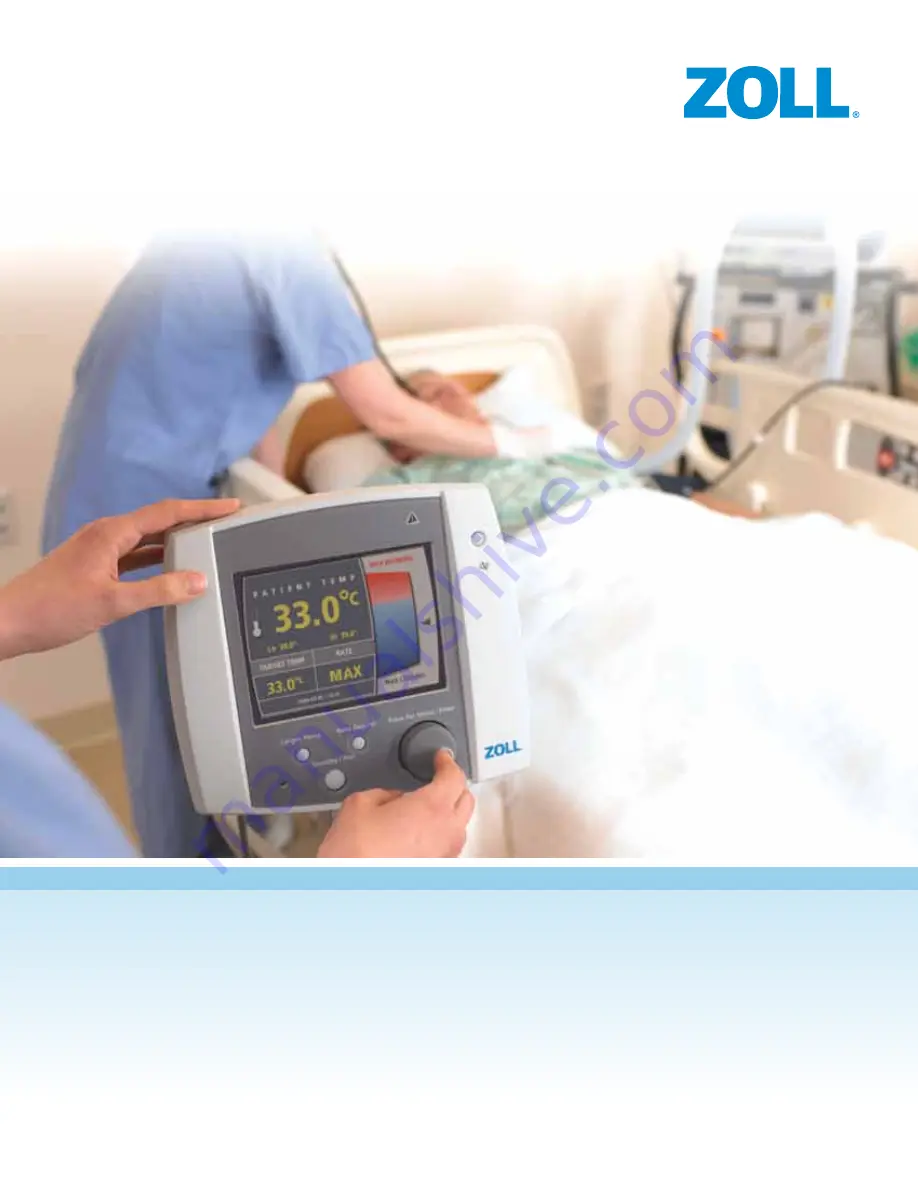Reviews:
No comments
Related manuals for IVTM

ACS880 Series
Brand: ABB Pages: 50

ACS880-01 Series
Brand: ABB Pages: 17

ACS880 Series
Brand: ABB Pages: 36

760
Brand: OMCA Pages: 36

699
Brand: Salford Pages: 64

Sirius
Brand: JB Systems Pages: 7

1023095
Brand: 3B SCIENTIFIC PHYSICS Pages: 36

HAPPYNEB III
Brand: 3A HEALTH CARE Pages: 16

Short/cut 2000 Audio Editor
Brand: 360 Systems Pages: 4

AFM-5
Brand: Ace Pages: 17

Solid
Brand: ACE INSTRUMENTS Pages: 33

ALP-1 med
Brand: ACE INSTRUMENTS Pages: 2

ACE Easy
Brand: ACE INSTRUMENTS Pages: 2

DT Series
Brand: TapFlo Pages: 35

DT Series
Brand: DANA Pages: 8

PSE801
Brand: 2E Pages: 6

Dual
Brand: IDS Pages: 2

Synthesis SDEC-3000
Brand: JBL Pages: 24



